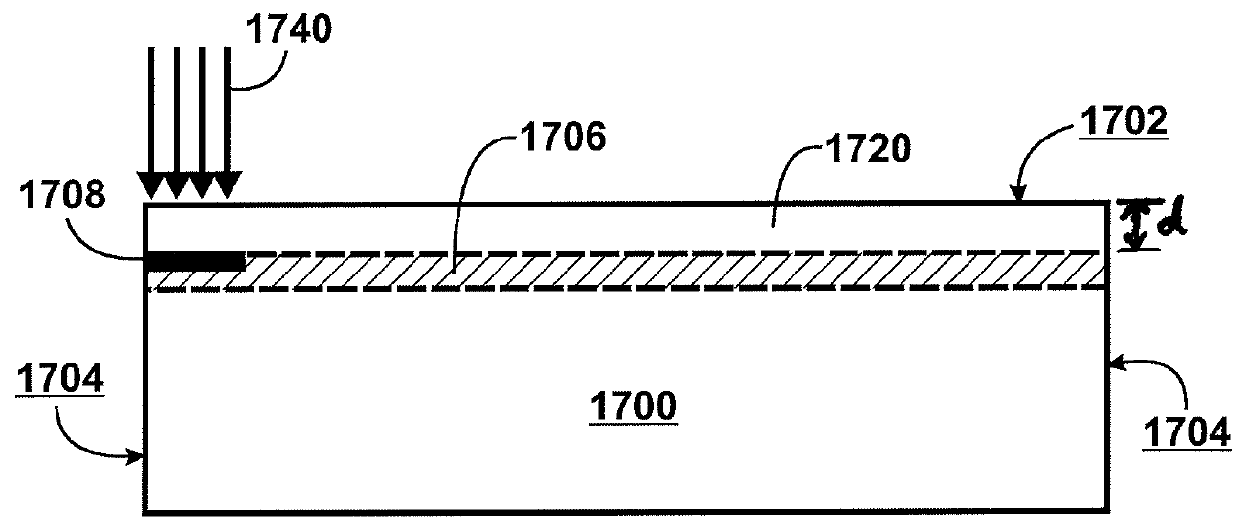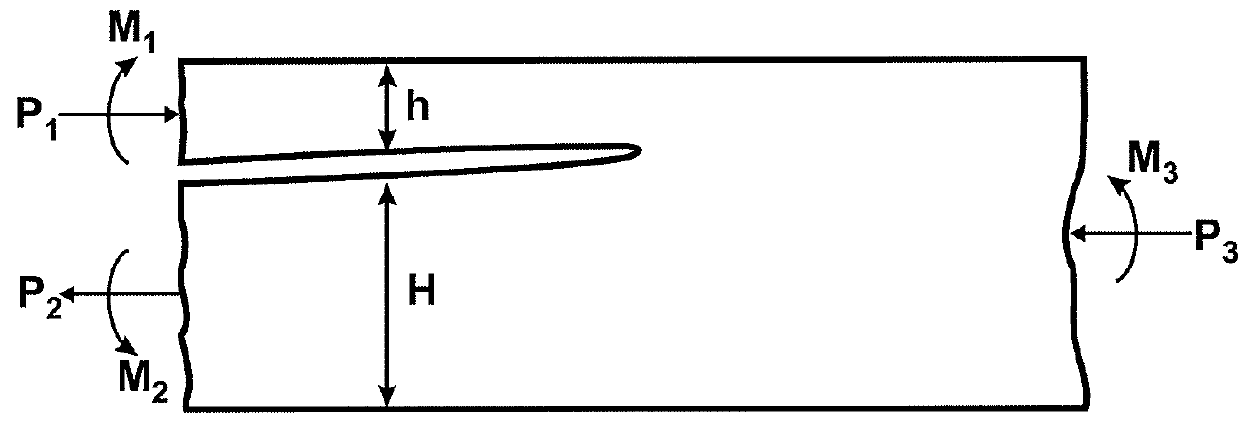Layer transfer of films utilizing controlled shear region
a film and shear region technology, applied in the field of film layer transfer, can solve the problems of poor carrier life, many limitations of solar cells, and difficult manufacturing of materials for solar cells, and achieve the effects of high efficiency, reduced kerf loss, and high quality
- Summary
- Abstract
- Description
- Claims
- Application Information
AI Technical Summary
Benefits of technology
Problems solved by technology
Method used
Image
Examples
Embodiment Construction
[0038]Particular embodiments of the present invention provide a method and device for layer transfer of thick films for solar cells. Merely by example, it is applied to cleave thick films along a crystallographic plane of single crystal silicon substrate. But it will be recognized that the invention has a wider range of applicability. For example, other materials such as Germanium, Gallium Arsenide (GaAs), Gallium Nitride (GaN), or Silicon Carbide (SiC) could be subjected to the cleaving process to release films of materials for solar, opto-electronic or semiconductor applications.
[0039]As discussed in background section, the growth of silicon based solar cells relies on driving down a bottleneck for cost in wafering kerf-loss. Traditional sawing, or adopting recently reported wafering technologies (such as multi-wire saw, spark cutting, laser cutting, or plasma cutting) that render thick films suitable for solar cells, may exhibit limited usefulness due to one or more of the follow...
PUM
| Property | Measurement | Unit |
|---|---|---|
| pressure | aaaaa | aaaaa |
| miscut angle | aaaaa | aaaaa |
| miscut angle | aaaaa | aaaaa |
Abstract
Description
Claims
Application Information
 Login to View More
Login to View More - R&D
- Intellectual Property
- Life Sciences
- Materials
- Tech Scout
- Unparalleled Data Quality
- Higher Quality Content
- 60% Fewer Hallucinations
Browse by: Latest US Patents, China's latest patents, Technical Efficacy Thesaurus, Application Domain, Technology Topic, Popular Technical Reports.
© 2025 PatSnap. All rights reserved.Legal|Privacy policy|Modern Slavery Act Transparency Statement|Sitemap|About US| Contact US: help@patsnap.com



